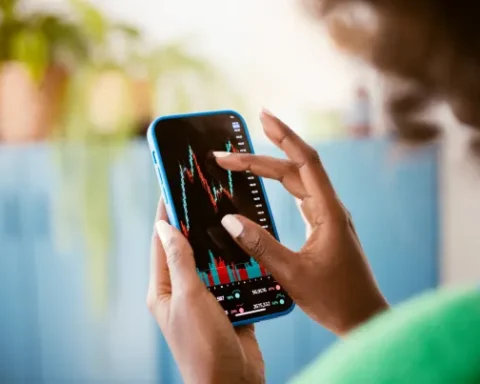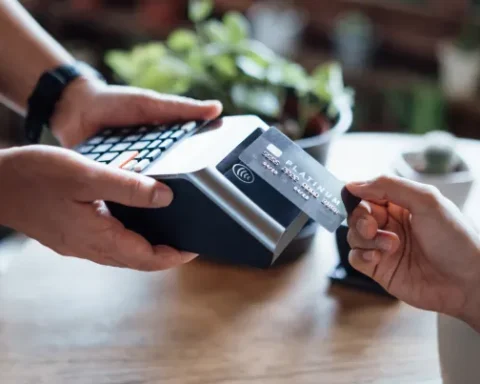Participating in “No Spend September” is a growing trend, especially for those aiming to take control of their finances. Inspired by the social media hashtag #nospendchallenge, people commit to a whole month of avoiding non-essential purchases. For many, including New Yorker Victoria Szafarski, battling credit card debt, it’s an opportunity to reflect on spending habits and make lasting changes.
Szafarski, who had $25,000 in debt at its peak, shared how this initiative has helped her make significant progress. “I felt very isolated, embarrassed, I felt like a failure,” she said, speaking about her financial journey. With $10,000 remaining, Szafarski is documenting her “No Spend September” experience on TikTok.
Understanding ‘No Spend September’
“No Spend September is a great way to check back with yourself,” Szafarski explained. The concept involves cutting out all non-essential purchases for an entire month, focusing only on necessary expenses such as rent, utilities, and groceries.
Stacy Francis, a certified financial planner and president of Francis Financial in New York, believes that participating in a no-spend period can promote “conscientiousness in spending.” “For the vast majority of us, we fritter money away every single day, from a $6 latte to a $12 salad,” said Francis. These daily expenses often add up, and eliminating them, even temporarily, can create significant savings.
Fostering a Sense of Community
While avoiding all discretionary spending for a month can seem overwhelming, joining a movement like “No Spend September” offers participants a supportive community. Francis notes, “There’s a lot of benefit from that. It’s inspirational.”
For Szafarski, September is the perfect time for a financial reset. “It’s easy to spend money in the summer,” she shared. She hopes to continue reducing her debt while fostering healthy financial habits by focusing on a no-spend month.
Avoiding the Boomerang Effect
However, financial experts caution against being too restrictive. Francis warns that depriving yourself for too long could lead to the opposite effect, causing people to splurge after a period of restraint. “Depriving yourself for long periods can create a boomerang effect of spending,” she explained. The key is to strike a balance between saving and realistic spending habits.
Tips to Make the Most of ‘No Spend September’
To succeed in a no-spend challenge, consider the following strategies:
1. Start Small
Jumping straight into a monthlong challenge may be too ambitious for some. “Think about doing a ‘no-spend week’ and start with that,” suggests Francis. Starting small can help ease you into the process.
2. Set Goals
Setting both short- and long-term goals is essential to staying motivated. Whether it’s paying down debt, building an emergency fund, or saving for retirement, clear objectives will help guide your efforts. “It’s not realistic to have a ‘no spend’ month for the rest of your life,” Francis added. The challenge should serve as a stepping stone toward more sustainable financial habits.
3. Find Creative Alternatives
A no-spend challenge can inspire you to find alternatives to your spending habits. Szafarski shared how she creatively avoided dining out with friends by hosting a homemade meal. “We’re not going out to dinner and spending a ton of money, but we’re still getting that sense of togetherness, that community,” she said.
Is ‘No Spend September’ Right for You?
If you’re looking for a way to reflect on your financial habits, “No Spend September” could be an effective solution. Participants can better control their spending by eliminating non-essential purchases for a month and focusing on financial goals. As Szafarski and financial experts like Francis suggest, starting small, setting clear goals, and finding creative alternatives can make this challenge manageable and transformative.







